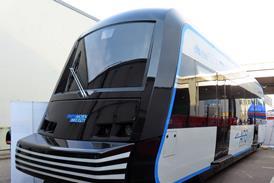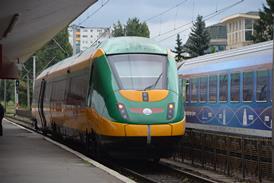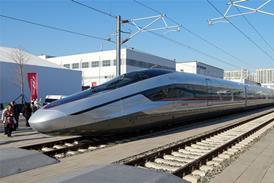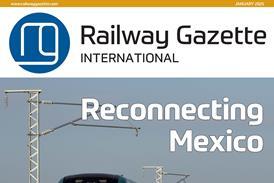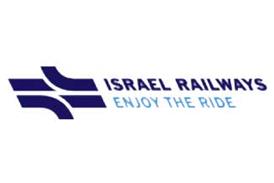
USA: Operators Norfolk Southern, Genesee & Wyoming and Watco have joined wagon manufacturer TrinityRail and leasing company GATX Corp in a joint venture intended to accelerate the adoption of GPS location tracking and other telematics across the North American freight wagon fleet.
Backed by Pennsylvania Department of Transportation, the Rail Pulse venture has been awarded a federal grant under the Federal Railroad Administration’s Consolidated Rail Infrastructure & Safety Improvements programme, with further support coming from the Commonwealth of Pennsylvania and the various partners.
The five partners collectively own almost 20% of the North American wagon fleet, and are seeking to accelerate the adoption of telematics to improve both safety and rail’s competitive position in the transport market. The aim is to begin development of the telematics platform before the end of this year, with a view to having a ‘full service’ version ready for commercial application by the end of 2022.
Explaining that Rail Pulse is intended to provide a neutral industry-wide wagon telematics platform with an open-architecture, the partners believe that this will benefit ‘the entire rail ecosystem: shippers, Class I railroads, short lines, regional railroads, switching carriers and railcar operating lessors’.
The aim is to ‘to make it easier to ship by rail and to track rail shipments across the North American rail network, all while ensuring the safety and security of proprietary car-owner data’.
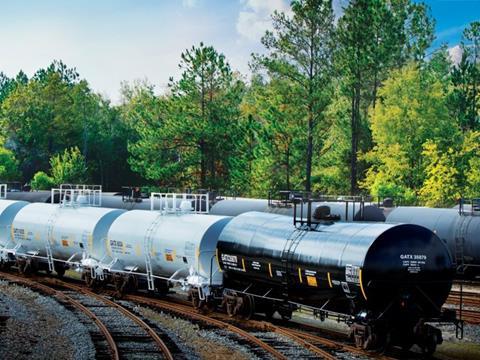
Safety and competitiveness
In terms of safety, an early priority will be to monitor and report each wagon’s hand brake status, as well as impact data on rough handling of the vehicle and its load, both of which could be important for the railroads, vehicle owners and shippers. Future capabilities envisaged as the platform evolves could include onboard sensors to provide continuous monitoring of axle bearing temperature and flat wheel impacts, both of which are currently checked intermittently by lineside detectors.
Improved visibility of the status, location, and condition of individual vehicles should allow operators and owners to optimise fleet deployment, helping to improve the competitiveness of rail against other modes. The partners suggest that the telematics platform could be used to determine whether a vehicle is fully or partially loaded, and whether its doors or hatches are open, as well as other key performance metrics. Real-time location reporting would enable shippers to track the movement of their consignments, matching a capability common in the road and maritime sectors.
‘Rail Pulse is another example of how the freight rail industry is using advanced technology to enhance safety and service to shippers’, said PennDOT Deputy Secretary for Multimodal Transportation Jennie Granger on October 21. ‘PennDOT is proud of the strong partnership we have with the freight rail industry, and we look forward to this platform being implemented throughout the North American railcar fleet.’

